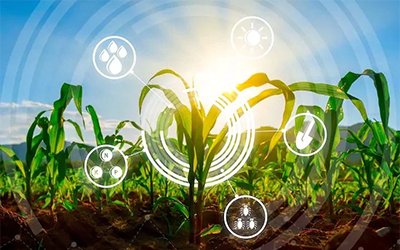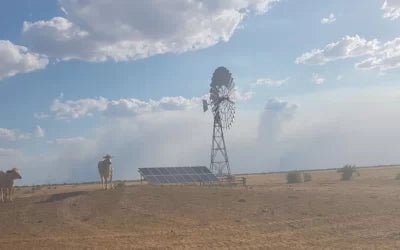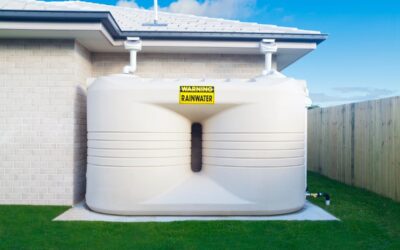With El Niño now declared, now is a crucial time to prepare your farm for the harsh conditions of this notorious weather phenomena. By embracing innovative water management solutions, your agricultural business can presume its regular operations with minimal strain.
From solar pumps to water recycling, there are several helpful ways you can tackle El Niño. To find a solution that aligns with your agricultural needs, explore our top suggestions below:
1. Water Storage Facilities:
2. Smart Irrigation Systems:
They use technology, data and sensors to optimise water usage which means less water wastage and better conservation of water resources. As technology evolves, it makes sense for agricultural businesses to invest in and upskill in Smart Farming practices.
3. Solar Water Pumps:
4. Soil Management:
5. Crop Selection and Rotation:
6. Water-Efficient Farming Practices:
7. Rainwater Harvesting:
8. Remote Water Management and Monitoring:
9. Water Recycling and Reuse:
10. Drought-Resistant Crop Management:
A Final Thought…








